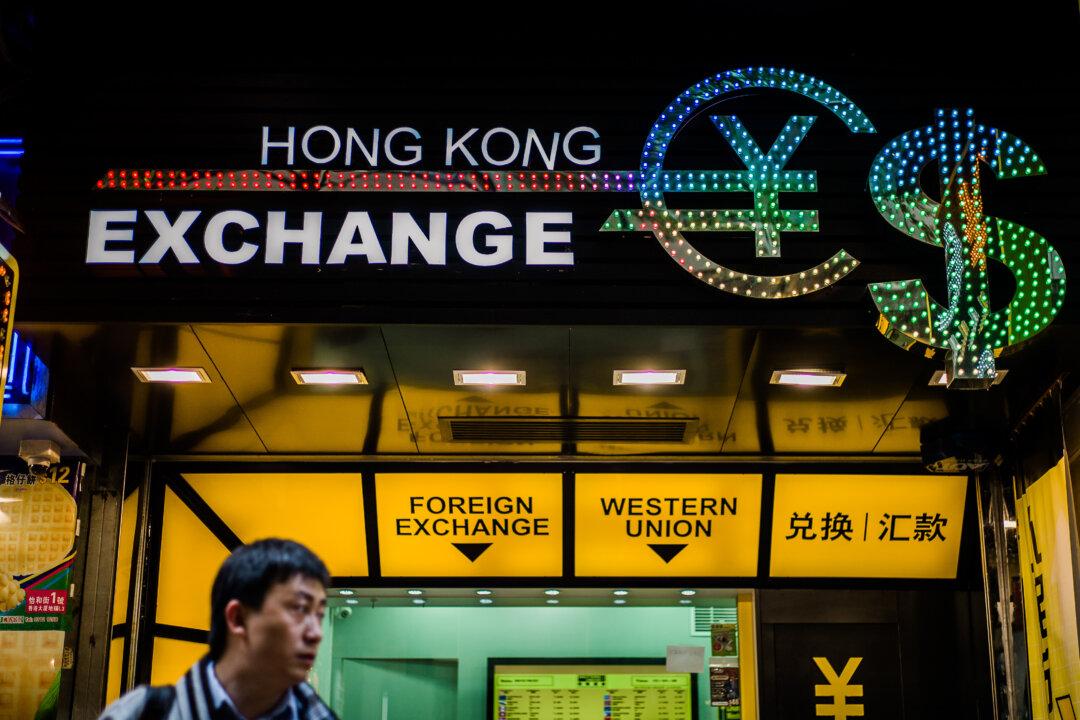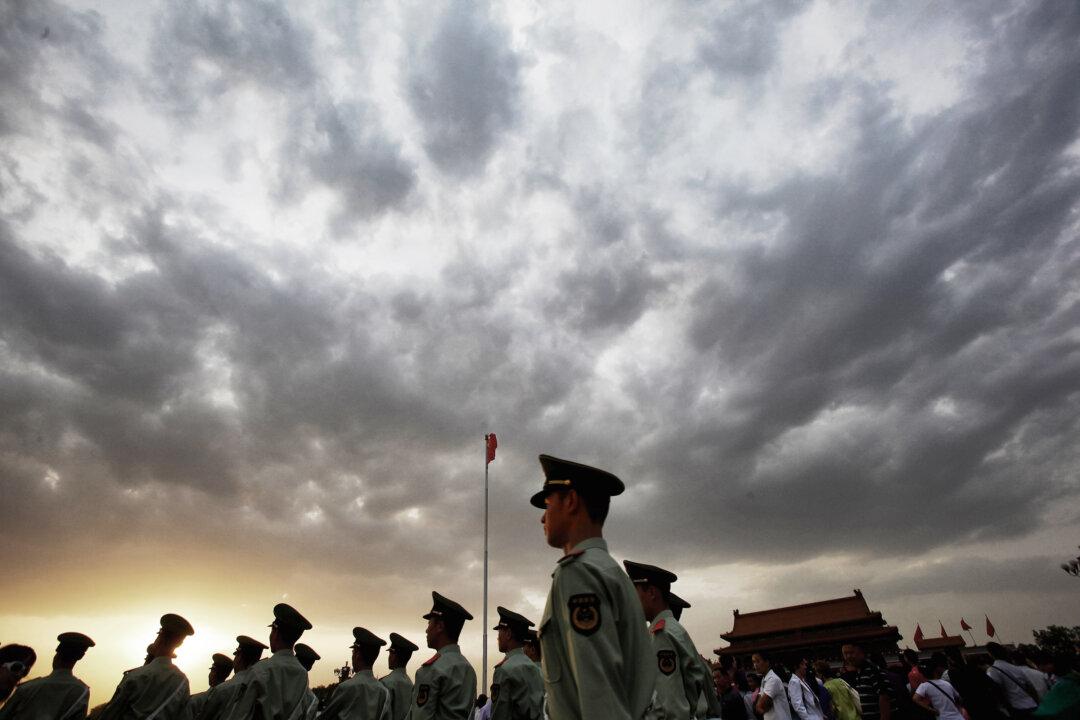China’s annual “Two Sessions” meetings began on March 4. During the yearly meetings of the National People’s Congress (NPC) and the Chinese People’s Political Consultative Conference (CPPCC) National Committee, China’s central government will deliver a progress report and set development targets for the upcoming period. This year’s session is expected to be particularly significant, coming on the heels of COVID-19 lockdowns, massive unrest in China, and the sudden reversal of China’s Zero-COVID policies, followed by months of a raging viral outbreak.
However, Chinese communist officials may choose to ignore the most serious issue China is facing: the huge cost of COVID-19-related measures over the past three years.






